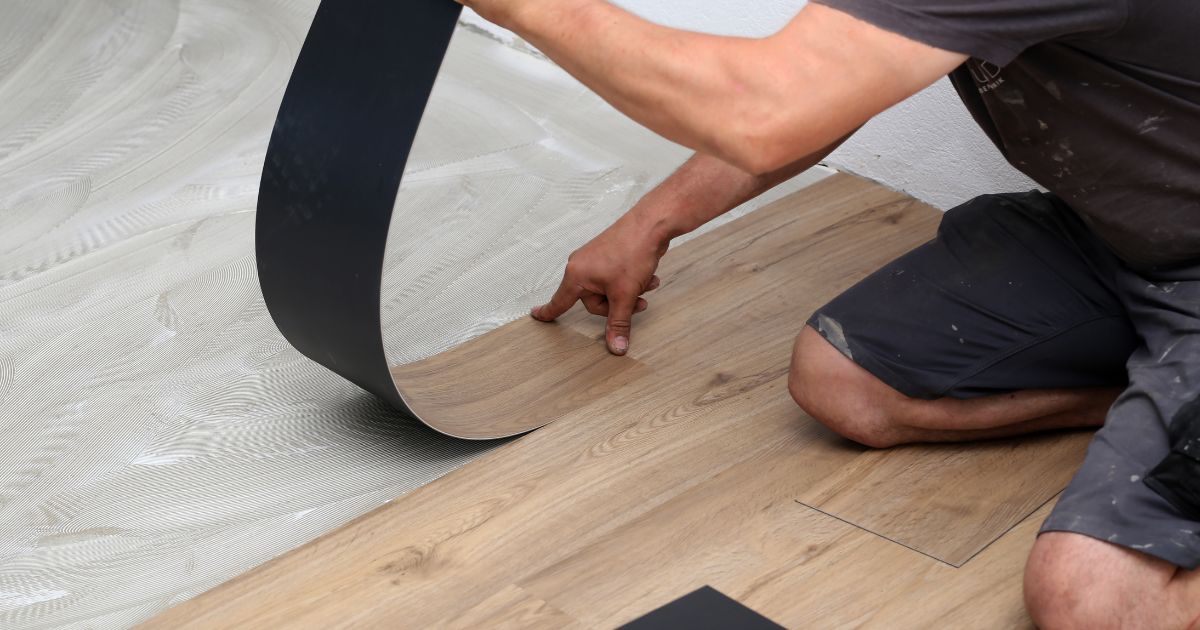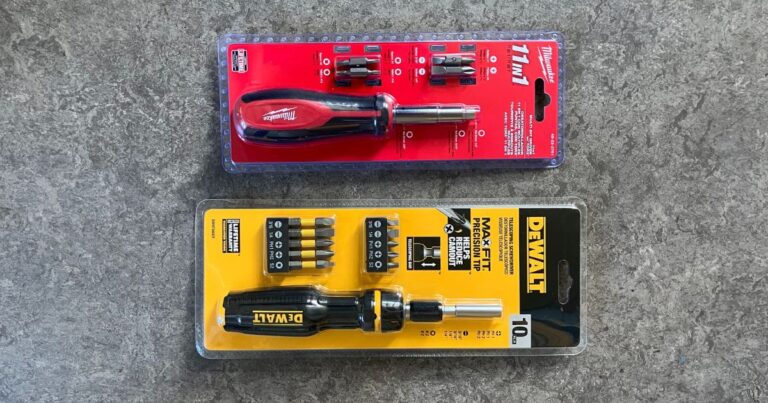During my recent internship with Toxic-Free Future (TFF), I had the opportunity to research safer flooring options that can be used in affordable housing. As a senior at the University of Washington Bothell majoring in health studies, I came to this opportunity through my school’s fieldwork course, which pairs students with organizations to gain work experience in their areas of interest.
What I did
 Under a grant from the Washington Stormwater Center, TFF is working with the Housing Development Consortium (HDC) to replace toxic flooring, such as carpet with PFAS, with safer substitutes in affordable housing in King County, Washington. As our first step, TFF is researching safer alternatives to ultimately identify an option that can be used for the replacement program. To help identify potential flooring options that we can ultimately use, I researched different safer flooring options, such as linoleum and cork, based on Habitable’s Product Guidance.
Under a grant from the Washington Stormwater Center, TFF is working with the Housing Development Consortium (HDC) to replace toxic flooring, such as carpet with PFAS, with safer substitutes in affordable housing in King County, Washington. As our first step, TFF is researching safer alternatives to ultimately identify an option that can be used for the replacement program. To help identify potential flooring options that we can ultimately use, I researched different safer flooring options, such as linoleum and cork, based on Habitable’s Product Guidance.
What I found
After gathering key information on flooring products to find feasible alternatives, I learned that many affordable housing developers default to using vinyl flooring, which is made from cancer-causing vinyl chloride and can contain harmful additives. I called manufacturers and distributors and conducted online research to find essential pieces of information about safer options including flooring format, thickness, cost per square foot, and warranty to help us decide what product can be used for the replacement.
Using my findings, I started to develop a database of safer alternatives to vinyl flooring. I was glad to be able to kick this research off and hand it over to the TFF staff and partners to take the next steps, like learning as much as we can about the ingredients used and their hazards. That way, when it comes time to decide on a replacement product to use in affordable housing for the grant, we can have plenty of options to consider. In the end, we will create a resource that affordable housing architects, developers, and contractors can use when deciding what type of flooring to install, and retailers like The Home Depot can utilize to offer safer PVC-free flooring materials. We also want to use this information to make the case that toxic materials like PVC should be banned under Safer Products for Washington because safer options are feasible and available.
What I learned
I found this experience to be very rewarding and exciting! I was able to develop my research skills and learned more about a topic I was unfamiliar with. As a senior finishing up my degree in health studies, it was really neat to see the various flooring materials and how they impact our homes. The information I learned during my research gave me so much insight into how so many of the products we use on a daily basis can affect our health.
From Toxic-Free Future
Toxic-Free Future was fortunate to have Malina join us this spring as an intern. She played a key role in helping to identify potential safer flooring products, such as linoleum and cork. Her research allowed us to better understand what it takes to shift away from using harmful products like vinyl flooring in affordable housing.
Malina’s work showed us that safer materials are available, but that there is still a lack of information on chemicals in products. This poses a great challenge in shifting toward safer materials, which is why ingredient transparency is essential in order to make the most informed and healthiest decisions. We hope to use this research to create models for affordable housing developers, policymakers, and major retailers like The Home Depot to reference and see how simple it can be to replace harmful materials like vinyl flooring with better options.




